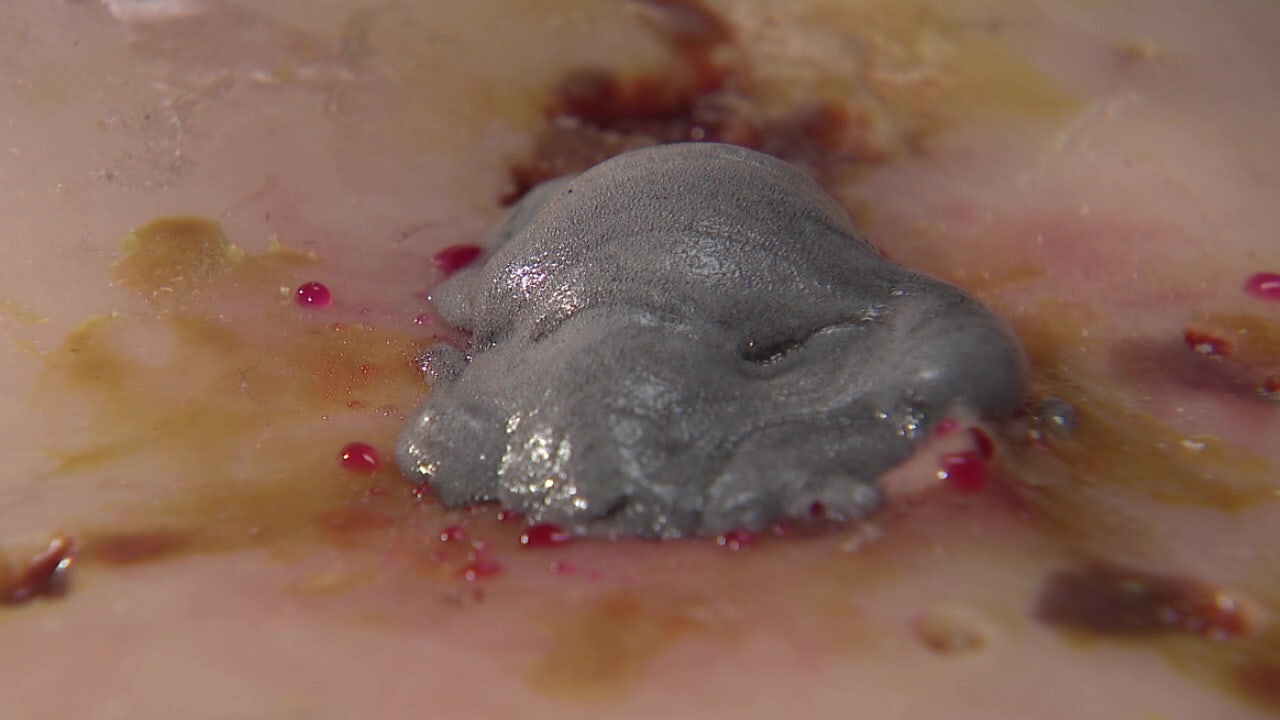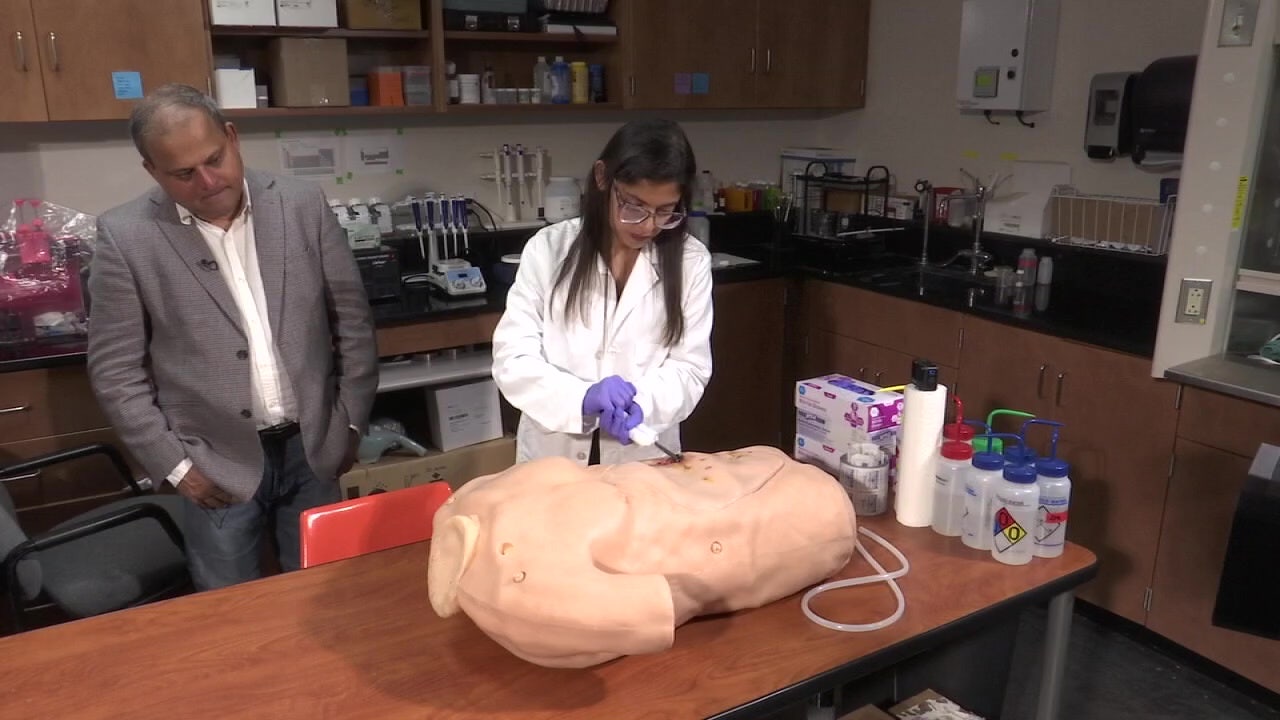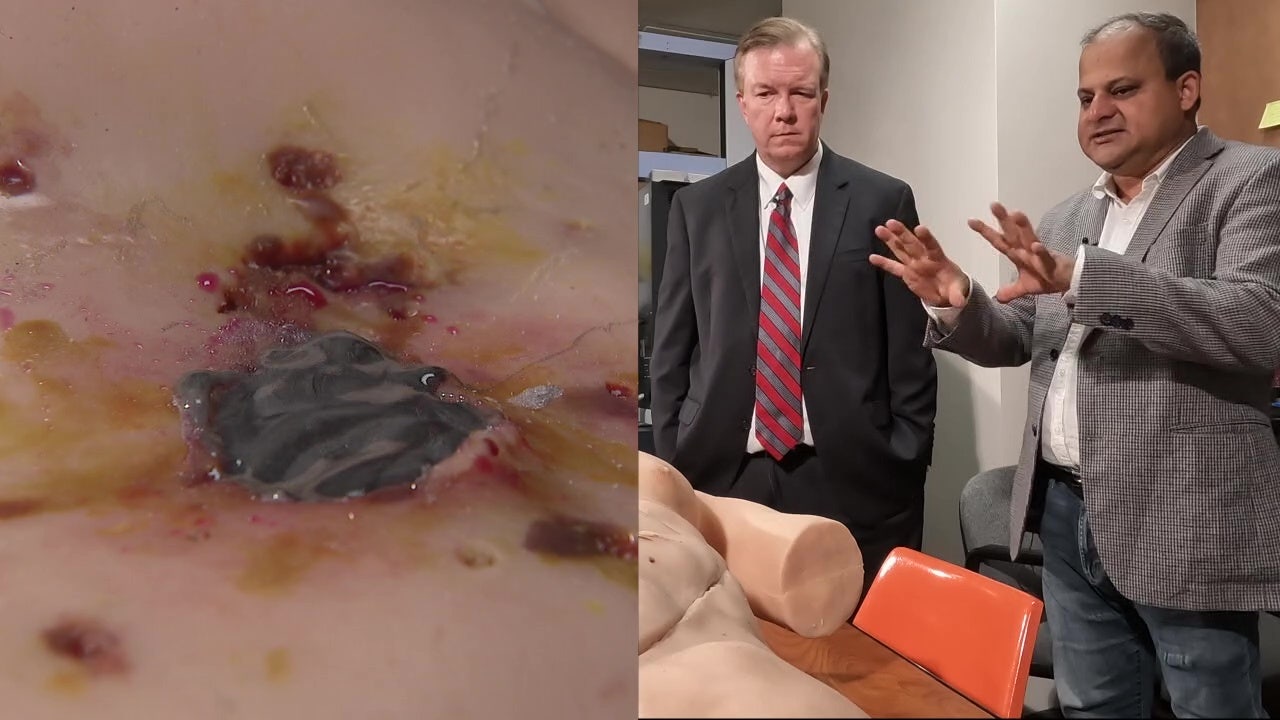- Researchers from the University of Central Florida have created SilFoam, a novel foam-based solution for controlling heavy bleeding.
- The device is engineered to rapidly inflate within deep wounds, closing them in moments and exerting pressure to manage bleeding.
- SilFoam may serve as an affordable, user-friendly device for first responders.
ORLANDO, Fla. – A regular trip to the doctor became a pivotal moment for chemist Kausik Mukhopadhyay. Ten years ago, as he left a Michigan clinic, he witnessed paramedics having difficulty managing the bleeding of a person shot. This event inspired an idea: could he develop a foam that halts bleeding immediately?
I had just left my doctor’s office when I saw the emergency unit arriving,” said Mukhopadhyay. “That was the first time I had ever seen so much blood.
The idea remained with him. He quit his job and relocated to Florida to work as a professor at the University of Central Florida (UCF), where he and doctoral student Pritha Sarkar started working on a remedy.
What is SilFoam, and what is its mechanism of action?
SilFoam is a biocompatible foam that rapidly forms when two specially designed liquids combine. It is stored in a dual-chamber syringe, containing the following components:
- PDMS (Polydimethylsiloxane): A cost-effective, commonly accessible biocompatible material.
- Inorganic Oxides: Substances that interact with the polymer to create a solid, spongy foam.
What they’re saying
When these components combine, it forms a sponge,” Sarkar described. “The reaction produces oxygen gas that passes through the sponge, and it rapidly changes from a liquid into a sponge that can fill the wound area.
The expanding foam not only fills the wound but also exerts pressure, assisting in stopping bleeding within a short time. During laboratory tests with simulated deep wounds, the foam successfully sealed irregular shapes, minimizing leakage and supporting the formation of a clot.

Built for practical emergency situations
Dr. Mukhopadhyay notes that SilFoam distinguishes itself from other wound care products and liquid bandages for multiple reasons:
- Storage at room temperature: No need for refrigeration.
- Little training required: Simple application procedure.
- Non-stick removal: Simple to eliminate during surgery without adhering to surrounding tissue.
- Affordable: Reduced manufacturing and operational expenses compared to several existing therapies.
It effectively seals around the wound,” Mukhopadhyay observed. “And it can be removed quite simply when necessary.
READ: The Exolith Lab in Florida: Creating the foundation for a future on the Moon
Custom formulations
UCF’s team is not limiting itself to the standard formula. They are developing tailored versions of SilFoam, including:
- Foam containing antimicrobial agents to help prevent infections.
- Foam with a coagulant to accelerate blood clotting.
They are also employing sophisticated equipment, such as a rheometer, to adjust the foam’s characteristics and guarantee both safety and efficiency. “You just keep trying and trying until you get it right,” said Sarkar, who frequently stays up late in the laboratory.
 What’s next
What’s next
The group has already applied for patents and shared their results. The following steps involve further testing, obtaining necessary approvals, and expanding for mass production.
Click here for more.
Studies conducted at the University of Central Florida.







